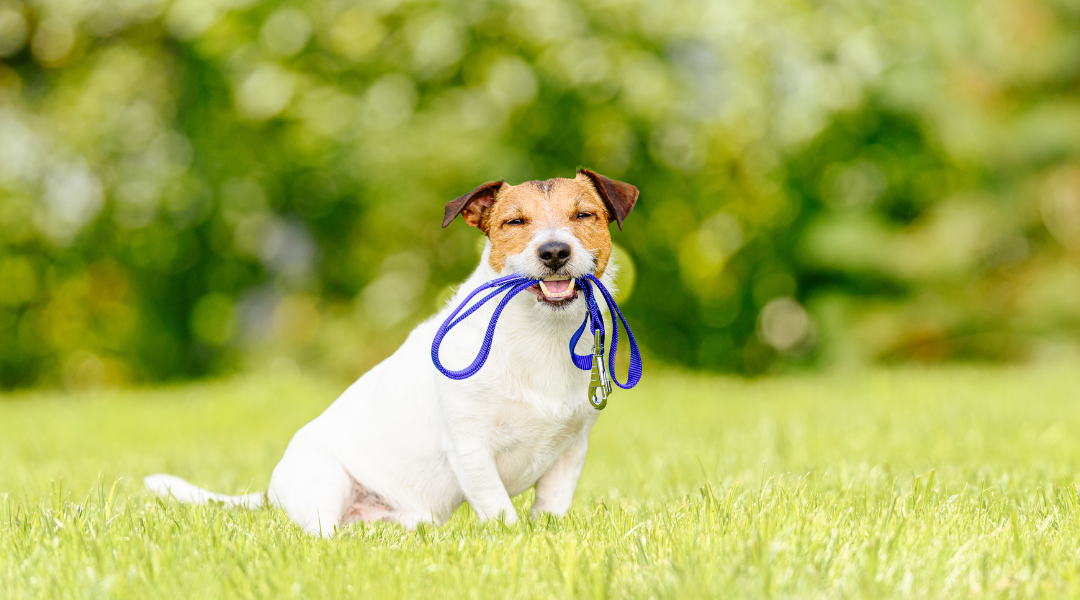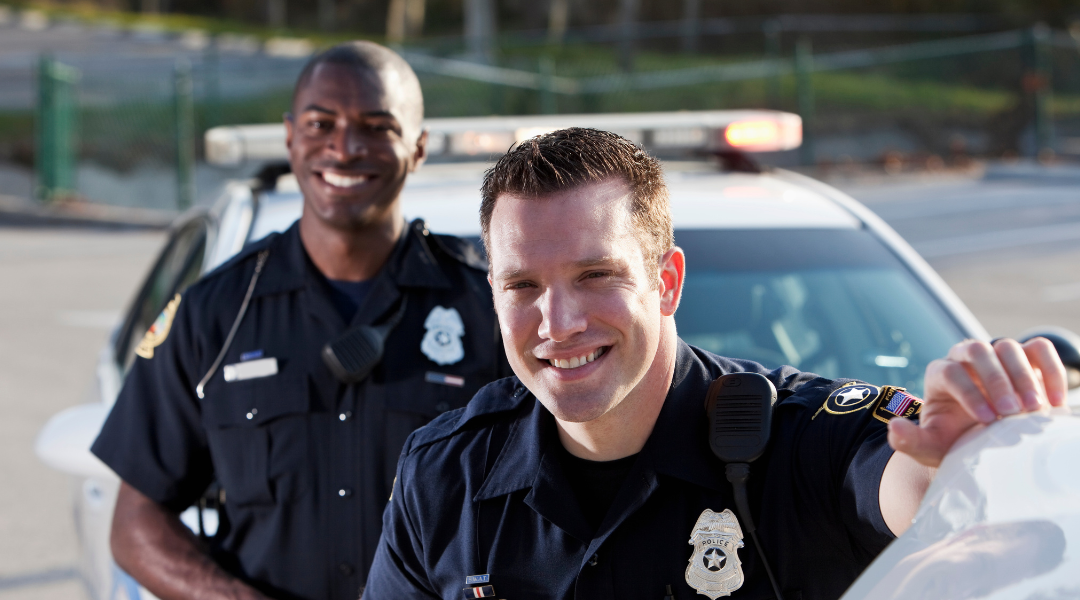I own a 70-pound pitbull/boxer rescue dog. He is a giant baby, a cuddle bug, and a momma’s boy. He is scared of thunderstorms, the ice cream truck, new people and places. He loves doggie daycare and salmon jerky. As precious as he is, I keep a very close eye when he’s around children.
Part of your responsibility as a parent is to teach your young children safety around dogs. Any breed can be great around children, and any breed can be bad around children. Any dog breed can bite. The most common victims are children who are bitten by a family pet. A literature search from 1970 to the present found the top reason for a dog to bite is when a child is teasing the dog. This includes grabbing at the dog, pulling his tail, tugging his hair, yanking a paw, or climbing on him. The top breeds associated with dog bites documented in medical records are “unknown” (often these are smaller dogs such as Chihuahuas), followed by pitbull, mixed breed, German shepherd, terrier and rottweiler. It is more the temperament of a dog than the breed that can lead to a bite.
The circumstances that cause a breed to bite include the behavior of the victim, parents, and dog owner. Dogs don’t bite “out of the blue”, many bites could be prevented if people learn to read dog’s body language. A happy dog will wag its tail and his whole body will join in on the “happy dance.” A dog who is about to bite will have its tail sticking straight up and moving quickly back and forth, have a rigid body, and can growl. The dog could alternatively look fearful with tucked tail, cowered body, repeated yawning and averting your gaze.
Teach your children to ask the dog’s owner if they can approach, and if told no, do NOT go near the dog. This includes innocent appearing family pets. Older dogs may have reduced hearing and vision, and could be startled if an unfamiliar family member, especially a young child, starts to run up to them and attempt to “play”. Small children have unpredictable movements and make weird noises, which can startle a dog and cause them to react. Do not take food, water or toys away from the dog, and do not tease them in any way. Give respect to your pet.
Any breed can become your family pet. Patience and training are key when introducing a new dog to the family. ALWAYS watch your small children around any dog, and teach them to not tease or corner any dog. These strategies should enable you to have only happy memories with man’s best friend.





































